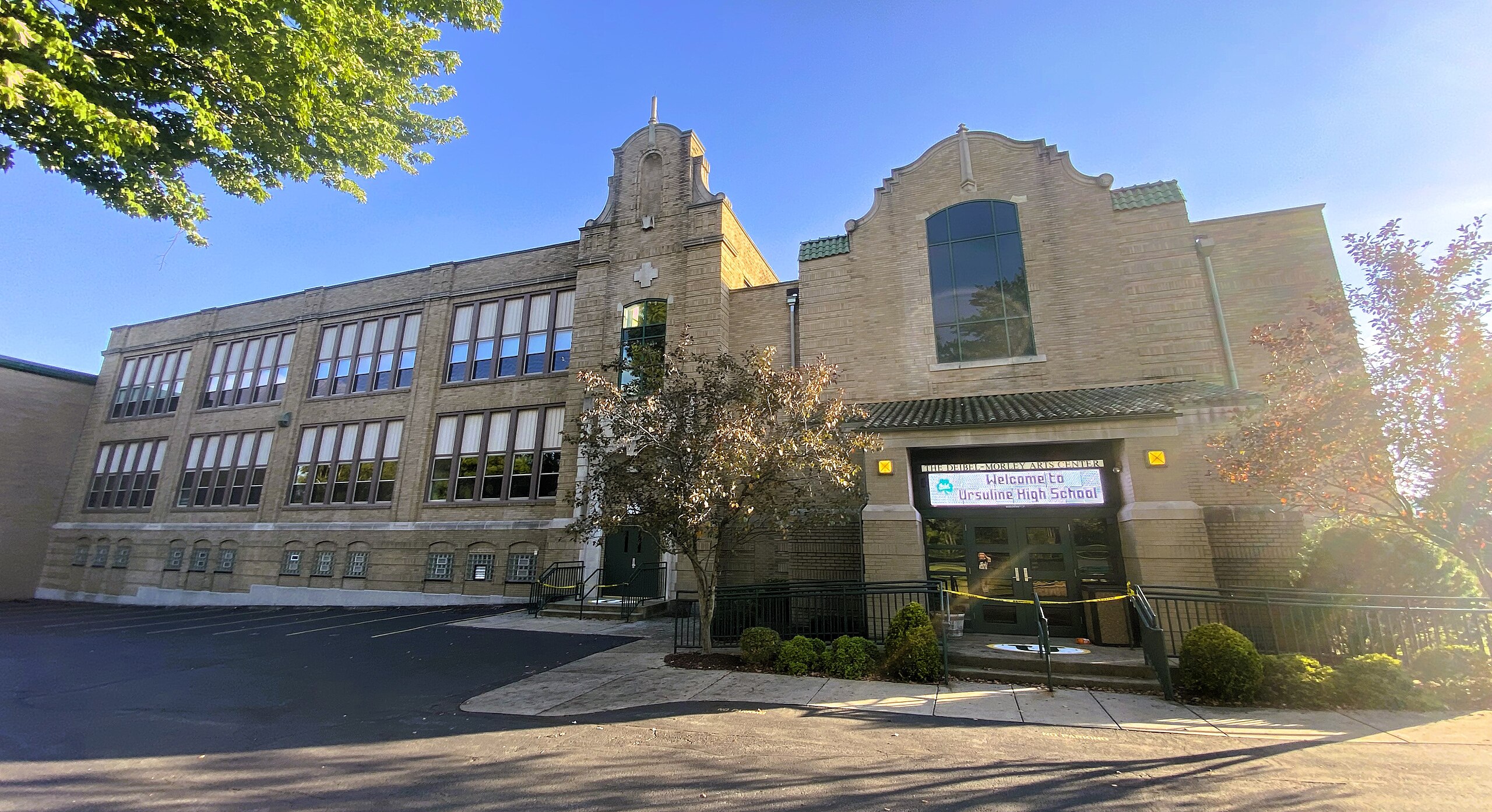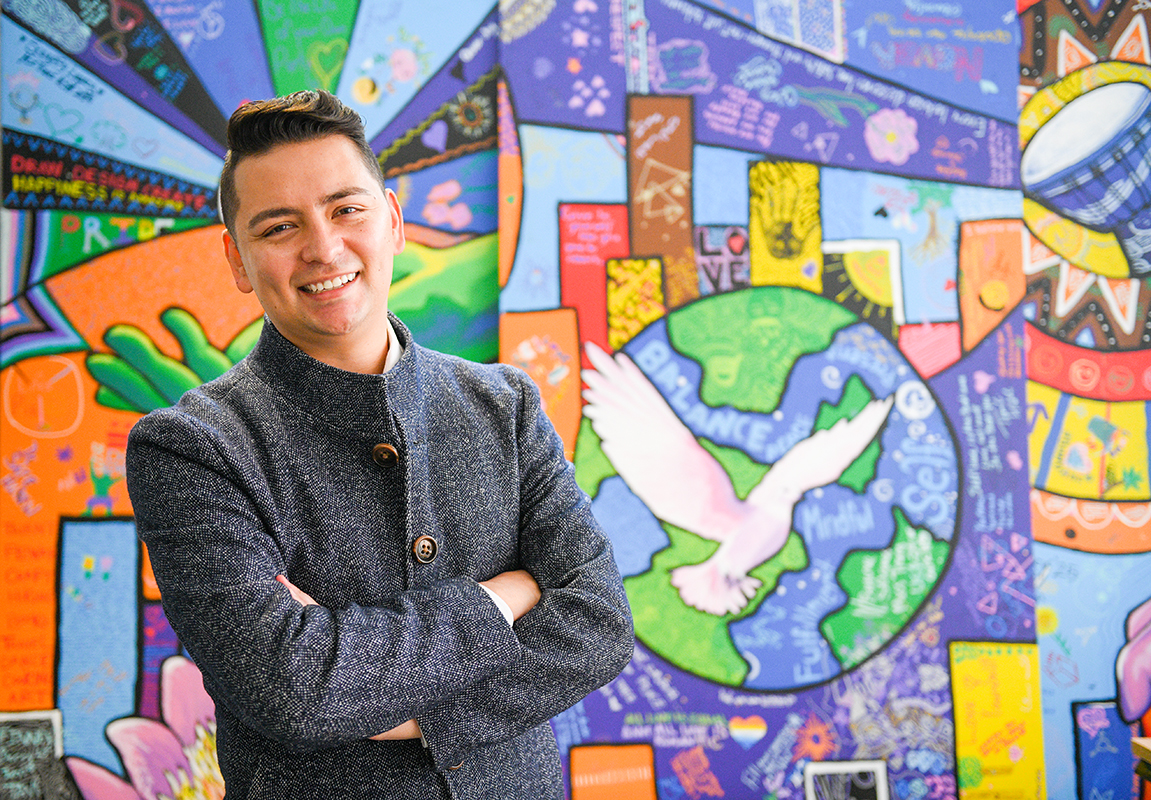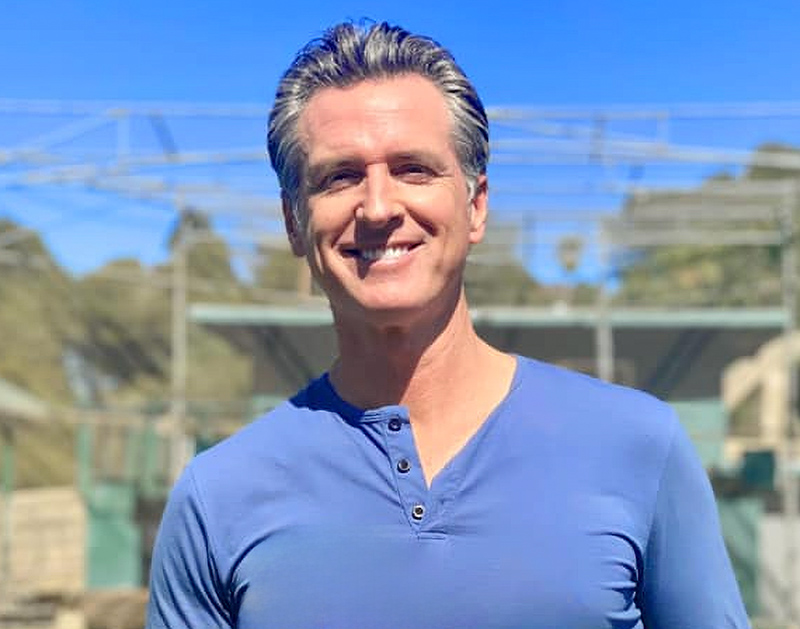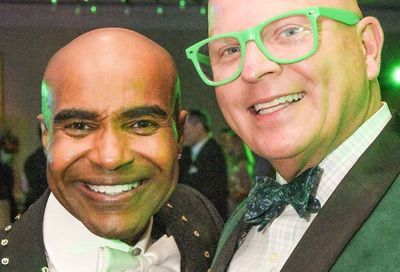Most California schools have LGBTQ-inclusive suicide prevention policies
Report finds law requiring schools to adopt comprehensive suicide prevention policies led to greater LGBTQ inclusion

Most schools in California now have suicide-prevention policies specifically tailored to LGBTQ youth.
A recent report from The Trevor Project finds that 86% of California school districts have complied with a 2016 statewide law requiring schools serving grades 7-12 to adopt or establish suicide prevention policies, with most also addressing the specific needs of LGBTQ youth.
Suicide is currently the second-leading cause of death among young people. LGBTQ youth are particularly vulnerable, with statistics showing they are more than four times more likely to attempt suicide than their straight peers.
Nearly half of all transgender youth have attempted suicide, and half of lesbian, gay, and bisexual youth have seriously considered doing so.
Additionally, a recent report from the Centers for Disease Control and Prevention finds that the age-adjusted suicide rate for the general population has risen 33% from 1999 to 2017, underscoring the need for support for people who may be at risk of contemplating suicide.
The Trevor Project, an organization dedicated to reducing suicide and suicidal ideation among LGBTQ youth, contacted all 478 school districts and local education agencies in California that serve youth in grades 7-12 to ask if they were complying with the 2016 law, known as AB 2246.
According to the report, 409 of the school districts or agencies interviewed reported they had a comprehensive suicide policy that looks at prevention, intervention, and postvention actions that can be taken by school administrators and staff.
Of those districts without a comprehensive suicide prevention policy in place, 70% were rural — meaning more than 40 miles from a major city — and 80% served fewer than 3,650 students, which is the statewide average for districts serving students in grades 7-12.
The law also requires that policies adopted by school districts address the needs of high-risk groups, including but not limited to LGBTQ youth, and provide training for teachers and staff that interact directly with students.
The law does not apply to elementary schools or private secondary schools, but those types of schools are encouraged to consider adopting similar policies to provide a safety net for students who may be at risk of suicidal ideation.
The Trevor Project’s report also revealed that requiring school districts to adopt a comprehensive suicide prevention policy lead to an increase in policies that specifically address LGBTQ youth.
For instance, the report found that only 3% of policies adopted prior to the passage of AB 2246 contained language addressing the needs of LGBTQ youth. In contrast, more than 90% of policies adopted after the law’s passage have LGBTQ-specific language.
That said, only about 75% of policies in total specifically address LGBTQ youth, as some of those with policies in place prior to the 2016 law have yet to update their policies with LGBTQ-affirming provisions.
Nearly 90% of suicide prevention policies met the law’s requirement of addressing all three elements of prevention, intervention, and postvention, and 79% have language addressing the specific needs of “high-risk youth.”
The 10 largest school districts in the state have compliant policies that include prevention, intervention, postvention, mention of “high-risk” youth, and language specifically addressing LGBTQ youth.
Those districts are: the Los Angeles Unified School District, San Diego Unified, Long Beach Unified, Fresno Unified, Elk Grove Unified, San Francisco Unified, Capistrano Unified, Corona-Norco Unified, Santa Ana Unified, and San Bernardino City Unified.
California is the first and only state to explicitly include LGBTQ youth in suicide prevention legislation, but The Trevor Project is planning on introducing bills similar to AB 2246 in at least five other states in the coming year.
“It’s now more important than ever to provide dedicated resources, in-depth research, legislation, and access to healthcare and education that supports LGBTQ youth and their wellness,” Amit Paley, the CEO and executive director of The Trevor Project, said in a statement. “The Trevor Project will continue fighting to save LGBTQ young lives, and will always be here for them to make sure they know that their life has value, and that they are loved and never alone.”
Support Metro Weekly’s Journalism
These are challenging times for news organizations. And yet it’s crucial we stay active and provide vital resources and information to both our local readers and the world. So won’t you please take a moment and consider supporting Metro Weekly with a membership? For as little as $5 a month, you can help ensure Metro Weekly magazine and MetroWeekly.com remain free, viable resources as we provide the best, most diverse, culturally-resonant LGBTQ coverage in both the D.C. region and around the world. Memberships come with exclusive perks and discounts, your own personal digital delivery of each week’s magazine (and an archive), access to our Member's Lounge when it launches this fall, and exclusive members-only items like Metro Weekly Membership Mugs and Tote Bags! Check out all our membership levels here and please join us today!




























You must be logged in to post a comment.